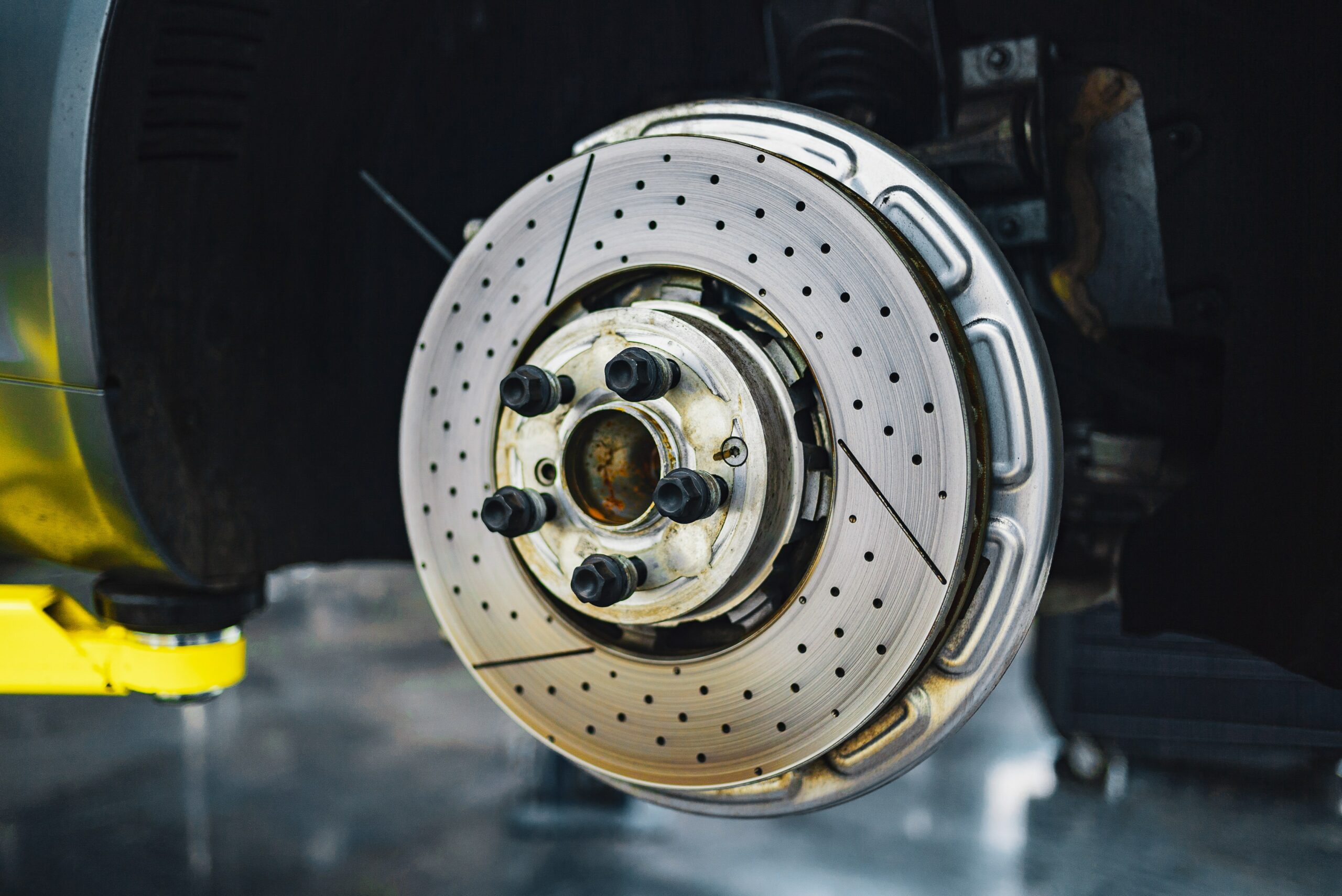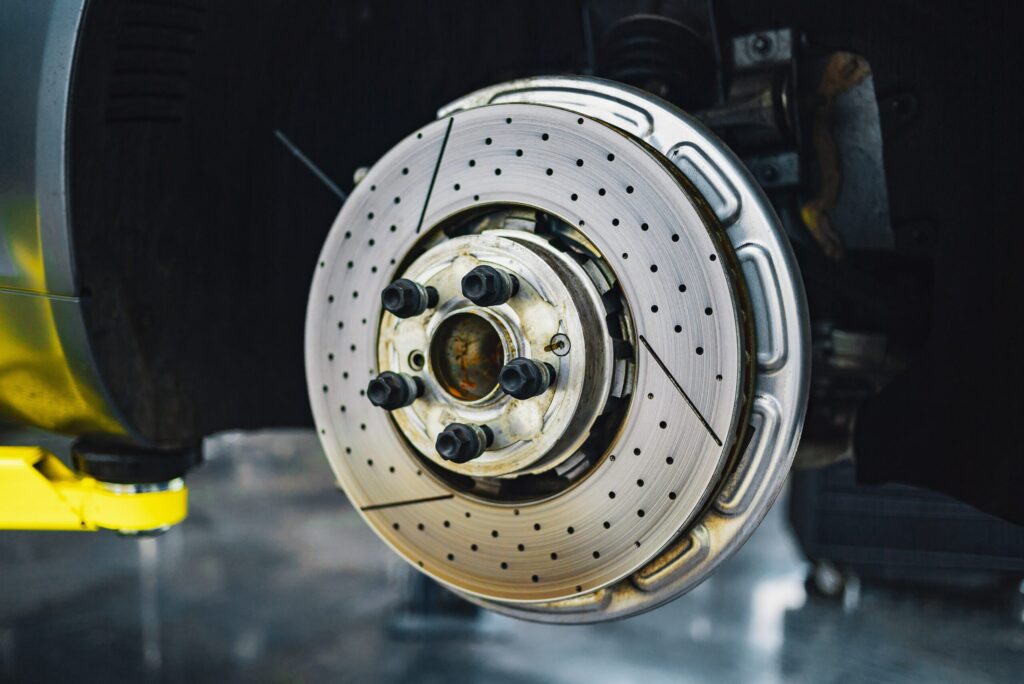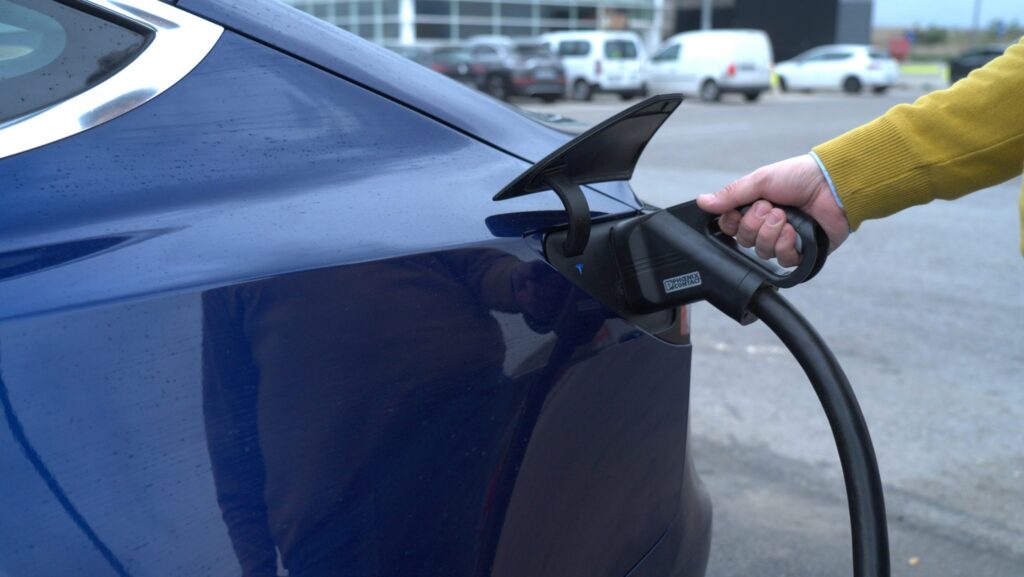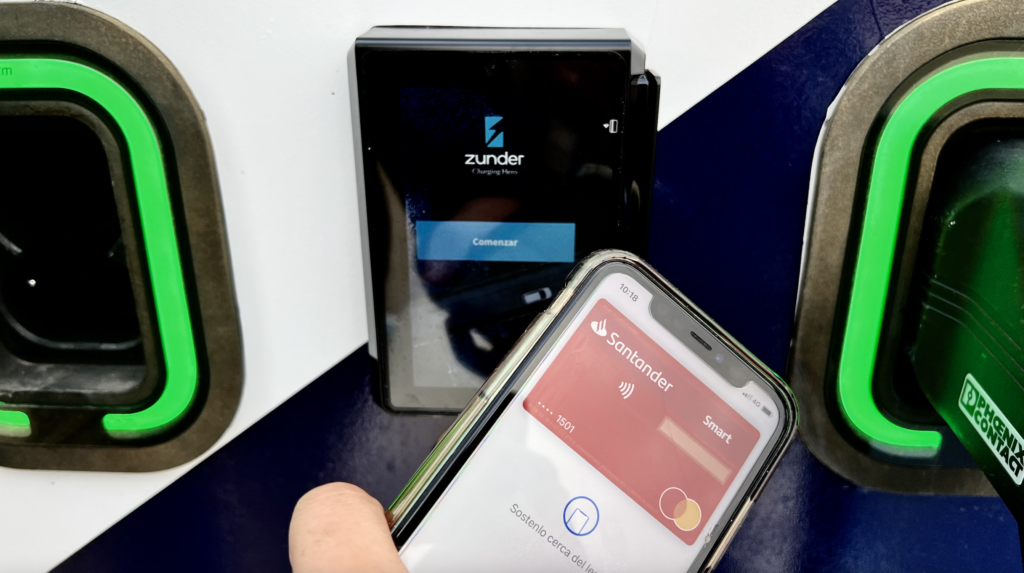It is common knowledge that electric vehicles offer numerous advantages over ICE cars. Today we will talk about regenerative braking,one of those advantages that arouses the most curiosity among all those who are starting out in the world of Electromobility and which generates the most surprise when its existence is discovered. How does it work? What effect does it have on the range of your electric vehicle? How do you get the most out of it? We’ll tell you all about it in the next few lines!

An electric vehicle is packed with technology in all its facets: comfort, safety, performance, etc. Everything is designed with a common goal: to make the car as efficient as possible. No one would think of getting a few extra miles of range through braking with an ICE car. With an electric vehicle this is entirely possible. And we’re sure you’ll get a lot of use out of it in your day-to-day urban commuting and road trips.
What is Electric Vehicle Regenerative Braking?
We could define it as the system that in electric (or hybrid) cars allows the kinetic energy of the vehicle itself to be harnessed and converted into energy to charge its batteries. In other words, the system that can harness the movement of the car to generate energy and charge its batteries.
The motor(s) connected to each axle or wheel of the vehicle can operate in both directions. If they work in the same direction as the direction in which we are driving, they will be delivering movement to the axle or to the wheels themselves, enabling the vehicle to move. When operating in reverse direction (opposite direction to the direction of travel), regenerative braking will come into play.
How is regenerative braking activated?
There are generally two ways to activate this system. One way, which is probably the most obvious one, is when we step on the brake pedal. At this point the motor(s) will start to function as an electrical power generator. This energy will be sent directly to the vehicle’s batteries via the inverter. The result is simple: the vehicle will be charged.
But this is not all. This process also occurs when the accelerator pedal is lifted. In general, all electric vehicles are equipped with this system. It is common to use this type of driving in electric vehicles, using only the brake pedal for emergency situations or more demanding braking. In addition to conserving the brakes (as we will use them much less) we will be recovering driving range with each instance of braking.
How does it affect the range of my electric vehicle?
This system will allow us to gain a few extra miles of range in our electric car. It is difficult to estimate how many, as it will depend on different factors. If we drive in the city, we will be driving at low speeds and braking will not be very demanding. The amount of kilometres we recover will be less than what we could recover if we were descending a mountain pass, for example. In this situation, we would be driving at higher speeds and we would have to lift the accelerator pedal or depress the brake pedal on numerous occasions. Here, the amount of miles of range that we could recover will be much greater.



